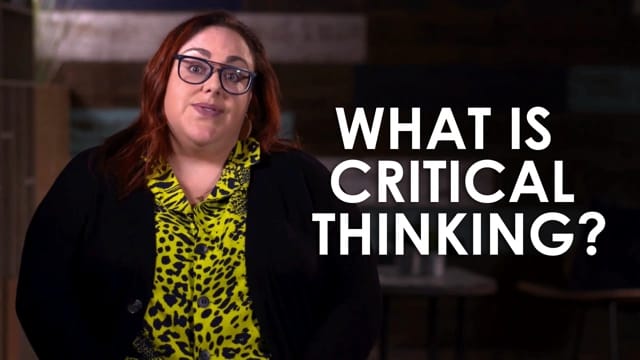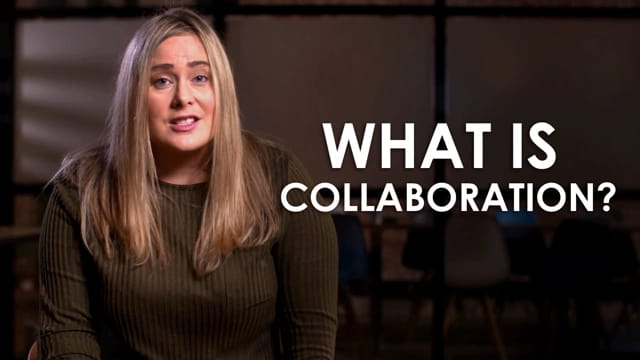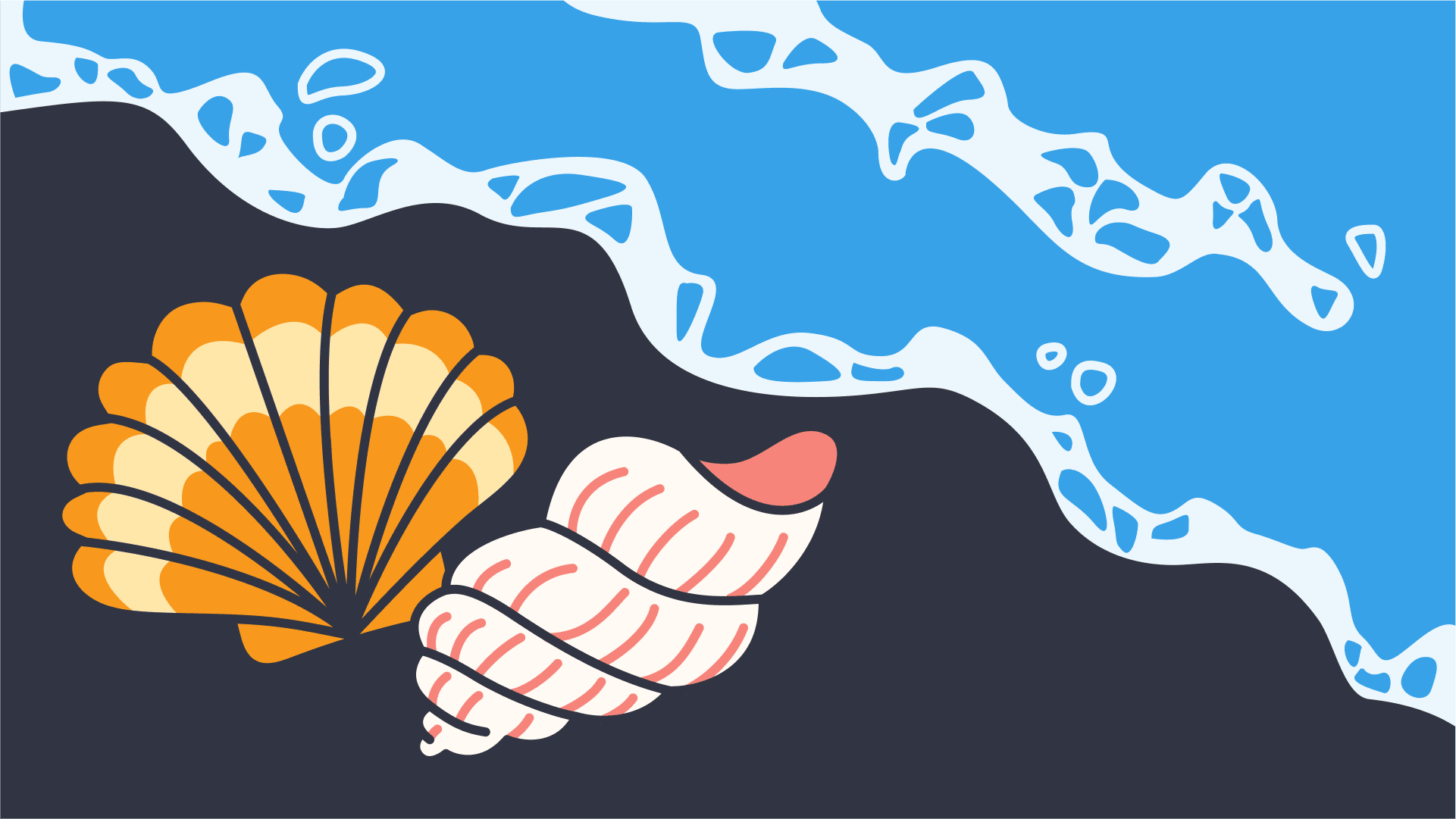Simple and fun volcano science experiments for students
In this guide
Volcanoes are fascinating natural wonders that captivate both young and old. They offer an exciting opportunity for educators and parents to introduce students to the world of natural science, engaging their minds and capturing their imaginations through these awesome natural wonders!
What better way to learn about volcanoes than through hands-on, interactive STEM based activities? This blog explores simple and fun volcano science experiments that will engage students and ignite their curiosity about Earth’s powerful forces.
Why volcano science experiments are great for students
Taking part in hands-on, practical experiments on the theme of volcanoes is great for students of all ages! In my experience as a teacher, students remember SO much more about a topic when they get to take part in something practical and fun, and what is more engaging than making something erupt?!
Let’s take a closer look at some of the benefits if learning in this way:
Hands-on learning
STEM activities allow students to actively participate in the learning process, reinforcing the concept they are studying.
Students can observe the eruption process and see firsthand how a volcano works.
Encourages critical thinking
Students will need to actively listen, follow instructions, make predictions and analyze results.
Alongside this, if they work alongside a partner they will need to communicate and collaborate effectively.
These are four skills that make up the 4 C’s of 21st Century learning; skills that our students and young people are going to need to be well equipped with when they reach adulthood.
Stimulates creativity
Practical experiments often allow space for creative variations, offering students the opportunity to experiment with different materials and methods to create unique volcano eruptions.
Sparks curiosity
The awe-inspiring nature of volcanic eruptions naturally captures the students attention and fuels their curiosity about how these natural phenomena occur.
Relatable learning
Volcanoes are a topic that can connect students to real-world events and phenomena, helping them see how science relates to everyday life.
Additionally, learning about the incredible natural events that take place on our Earth builds a deep respect and love for the planet, which hopefully encourages more care and compassion!

Step-by-step guide to a classic volcano experiment
You can’t teach about volcanoes without allowing your students to get involved in making a classic erupting volcano!
I have done this experiment countless times in the past ten years, both at school as an educator, and with young family members too! It never fails to elicit gasps of joy and demands of ‘let’s do it again!’
Materials needed:
- A small plastic bottle or container
- Baking soda
- Vinegar
- Dish soap (This is optional – if you choose to include it your volcano will foam!)
- Red food colouring (This is also optional – it makes the eruption red to emulate lava!)
- A tray or large plate to catch any spillage (Not necessary if you do this experiment outside)
- Construction paper or clay, to create the volcano structure
Instructions:
1) Create the volcano base
Begin by placing your plastic bottle or container in the centre of the tray.
This will form your volcano’s core. The experiment will work with just this container, but students love to get creatine and create the volcano around the bottle, using paper, clay, or even soil if you’re in the garden!
Make sure the top of the bottle remains open and accessible.
2) Prepare the ‘eruption’ ingredients
Fill the bottle with 2-3 tablespoons of baking soda.
Add a few drops of dish soap, which will make your eruption produce foam, and a few drops of red food colouring to make it look like lava.
3) Trigger the eruption!
When you’re ready, pour vinegar into the top of the bottle.
The baking soda will react with the vinegar almost instantly and form a bubbly, foamy explosion!
If you have created a volcano structure, students love to watch the ‘lava’ make its way down the side of the volcano mountain!
Once the eruption has calmed down and your students have finished watching, it’s time to clean up! Why not keep the structure you have made to use again another day!
You can talk about how the lava would eventually harden, which over time, after many eruptions, actually changes the shape of the landscape, and make the volcano mountain steeper and taller!
Creative variations of the volcano experiment
Erupting volcano with mentos and soda
Instead of baking soda and vinegar, use a soda bottle (such as Diet Coke) and drop in a few Mentos.
This creates a dramatic soda eruption!
It’s not quite the same as a real volcano, but it mimics an explosive reaction in a fun and spectacular way.
I have used this experiment when time is short, or if you have a lot of students who want to each create their own ‘eruption!’
Layered volcano lava
To demonstrate the layers of a volcano’s lava flow, create different coloured “lava”.
To do this, repeat the eruption over and over again using ‘lava’ created with different food dyes.
You can pour these layers one by one to simulate the way lava builds up and erupts.
Build a realistic volcano
For a more advanced project, build a fully realistic model of a volcano using paper-mache or plaster.
You could even try adding a motorised mechanism to simulate an ongoing eruption that can be activated by a switch or remote.
I have never tried this before, but it’s something that I look forward to doing in the future, perhaps in a science club, or even at home with my daughter!
Volcano eruption art
After the eruption, let kids use the foam and food colouring to create volcano-inspired artwork. This can be a great way to combine science with creativity!
Often, these sorts of activities unlock the scientific discussions that really prove to you that your students have a great understanding of how volcanoes work!
Additionally, combining science and art in this way, undertaking an activity that has no fixed outcome, frees you up as a teacher, enabling you to chat with your students about the experiment and the science behind the learning!

The science behind volcano eruptions
Whether you decide to teach about the science behind volcanic eruptions before you do the hands-on STEM activities or afterwards, students are always really keen to find out exactly how a volcano erupts, and more importantly, why!
Let’s take a closer look at what is going on before, during, and after a volcanic eruption.
Before
A volcanic eruption begins deep under the surface of the Earth.
Before an eruption, molten rock, or magma, from the Earth’s mantle, rises up through cracks in the Earth’s crust. This happens before the magma is less dense than the surrounding rock.
Additionally, volcanoes exist mostly where the pieces that make up the Earth’s crust, known as the tectonic plates, meet.
The magma builds up underneath the mantle, and when the pressure is too great in the chamber beneath the surface of the Earth. It then forces its way to the surface, through a volcanic vent or crater.
This is the start of a volcanic eruption.
During
When the magma reaches the surface of the earth, it is known as lava.
The lava spills out of the volcanic crater, flows down the sides of the volcano, and cools and solidifies, forming new land. The eruption also releases ash, rocks, and volcanic gasses into the atmosphere.
Sometimes the eruptions can be explosive, like those of Mount Vesuvius and Mount St Helens, or sometimes it is more gentle, like those of Kilauea in Hawaii, which has a steady outpouring of lava!
After
After an eruption, the volcano often continues to be active, with smaller eruptions or lava flows.
The landscape around the volcano is often changed dramatically, with new layers of rock formed from cooled lava. The gases and ash releases sometimes cause temporary climate changes.
Often, the land around a volcano is very fertile, due to the minerals deposited by the volcanic ash. This is why many people choose to live close to volcanoes, because they can grow food really easily!
Despite the fertile lands, volcanic eruptions often pose dangers to those living nearby.

Fun facts about real-life volcanoes
In my experience as a teacher, I have found the students LOVE a fun fact! They leave school for the day buzzing with excitement to share their new titbits of information with their families and friends!
Furthermore, students love learning facts about the awesome nature that exists on Earth!
Let’s take a look at some fun facts about real- life volcanoes!
Erta Ale
In Ethiopia, there is actually a lake made of lava!
Erta Ale is actually Ethiopia’s most active volcano. However, rather than the traditional ‘pointy mountain’ students might expect when they think of a volcano, Erta Ale looks like a lake of dubbing lava!
Olympus Mons
The largest volcano in the solar system isn’t actually on Earth! It’s called Olympus Mons, and it’s actually on Mars!
It is about 22 kilometers high, three times the height of Mount Everest!
Kilauea
A volcano in Hawaii.
It is one of the most active volcanoes on Earth; it has been erupting continuously, for decades!
Eyjafjallajökull
The eruption of Eyjafjallajökull in Iceland in 2010, caused huge amounts of disruption all over the Northern Hemisphere.
The eruption caused an ash cloud that reached over 9 kilometres in height! This meant that airplanes could not fly through, and the air space for 20 countries was actually closed for several days!
Serengeti volcanoes
The Serengheti, in Northern Tanzania, has a number of both active and inactive volcanoes.
As a result the Serengeti Grasslands are fertile and lush because of the volcanic activity.
Ol Doinyo Lengai, a name that means ‘Mountain of God’ in the Massai language, is the only active volcano in the world that produces carbonatite lava – it erupts black or gray but cools to a bone white colour!
Mount Vesuvius
Probably the most famous volcanic eruption of all time is the Eruption of Mount Vesuvius in 79 AD.
This eruption buried the ancient Roman cities of Pompeii and Herculaneum under volcanic ash, preserving them for centuries.
Volcanic lightning is a real phenomenon!
When an eruption releases ash and gases into the atmosphere, it can create enough energy to generate lightning bolts!
Volcanoes are such a thrilling topic for young learners to explore. The topic of volcanoes offers endless opportunities for fun, hands-on learning, STEM-based experiments and activities, and DIY volcanic experiments that keep young minds and hands busy and engaged for hours at a time!
By conducting simple experiments and exploring real-world volcano facts, you can spark children’s curiosity about science and the world around them. Whether you’re teaching in a classroom or experimenting at home, volcanoes provide a thrilling way to inspire your students!

Ruth Litchfield
briefcase iconEducator & Education Content Creator
Ruth is an experienced primary school educator of over a decade, and an Educational Content Creator. She specialises in creating fun and engaging activities that require minimal resources and cover multiple curriculum areas.
Other posts
Want more content like this?
Subscribe for blog updates, monthly video releases, trending topics, and exclusive content delivered straight to your inbox.



















